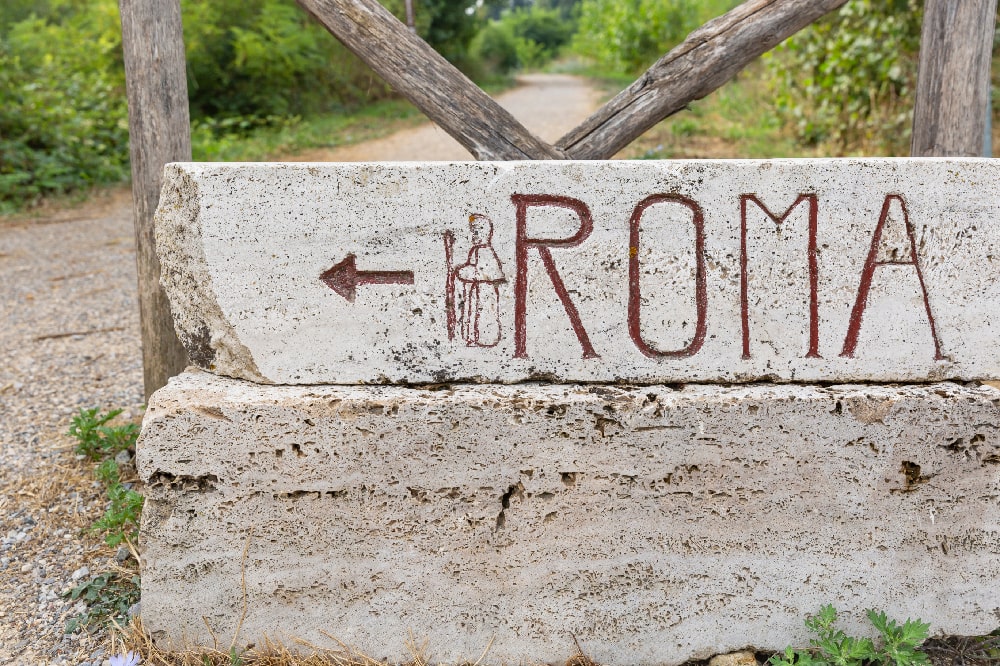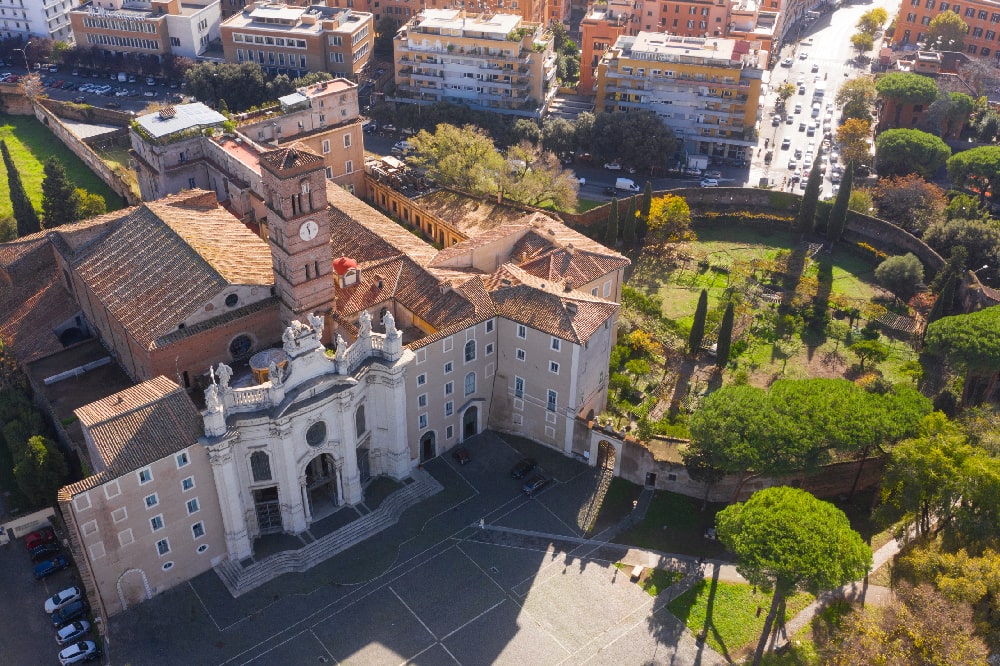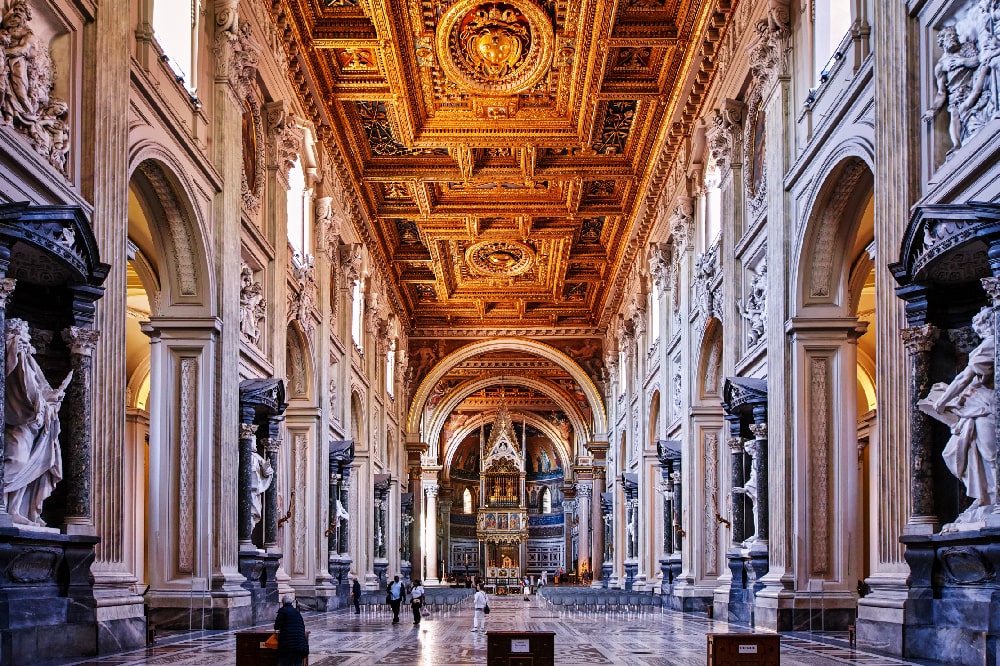Saint Peter in the Vatican is a basilica full of meanings, mysteries and sacred works of art famous all over the world. Here are some curiosities and points of interest of the largest basilica in the world.
Contents
St Peter’s Basilica in the Vatican is a symbol of the Catholic Church all over the world. It has a central role in the life of the Church and is rich in history, meanings and works of art that make it a unique place on the face of the Earth. It is part of the UNESCO World Heritage Site, is the largest church in the world (the total area is 23,000 square meters) and in every corner there is something special to admire.

What we see today is actually the third structure of the church, whose story begins with the foundation on the place where the apostle Saint Peter was buried. Initially, the church was built in a small necropolis next to the place of his death. Later, after the edict of Constantine, the Constantinian basilica was built: work began on 18 April 1506 under Pope Julius II and ended in 1626, with Pope Urban VIII. Among the 14 architects who participated in the work on the basilica include Bramante, Raffaello Sanzio and especially Michelangelo, for the dome, and Bernini, the maker of the famous canopy.
The tomb of Saint Peter
Under the altar of the basilica is the tomb of Saint Peter. To ascertain the location of the burial place of the saint and recognize the relics, extensive excavations and analyses were made. In 1968, Pope Paul VI officially announced that the saint’s bones had been identified.
Saint Peter is also remembered with a bronze statue, located inside the basilica, on the left side, near Bernini’s canopy. Pilgrims and faithful have always had the custom of passing in front of the statue kissing or touching the foot of the Saint, to invoke his protection. This has consumed bronze over the years and no longer retains the details of the shape of the foot.

The tomb of Saint Peter and his incredible discovery
The tomb of St. Peter in Rome has always been considered one of the sacred places par excellence of Christianity.
Tombs of the popes in the church of Saint Peter
In addition to the tomb of Saint Peter, inside the basilica and in the caves beneath it there are numerous tombs of popes. Some of them are real works of art. The tomb of Alexander VII, one of Bernini’s last works, presents four statues representing justice, truth, prudence and chastity. The artistic sensitivity in the decorations of the tombs often touches that of the Baroque horror; the tomb of Alexander VII, for example, shows a skeleton writing destiny on parchment and counting time with an hourglass. The meaning behind this type of representation is the fragility of life.

The tombs of the popes and all there is to know
Where are the tombs of the popes? Let’s find out where the popes have been buried for centuries and how their burial takes place
The dome of Saint Peter
The dome of St Peter’s Basilica in the Vatican is one of the most recognizable symbols associated with the city of Rome. It is one of the largest masonry works and combines Renaissance and Baroque styles. It follows in large part the drawing of Michelangelo Buonarroti, who worked there until the year of his death. The dome was completed by Giacomo Della Porta and Domenico Fontana several years after Michelangelo’s death.

The four central pillars of the basilica, completed under the direction of Bernini, support the dome delimiting its 42 meters in diameter. Each pillar includes a small loggia and a niche in which there is a statue of a saint: Saint Veronica, Saint Andrew, Saint Helena and Saint Longinus. It is said that in the column of Saint Veronica is kept the veil that the saint used to dry the face of Jesus, on which it remained imprinted. In the pillar of Saint Andrew was kept the skull of the apostle, now held in the basilica of Saint Andrew Apostle in Patras. In the column of Saint Longinus is said to be the spear with which the centurion Caius Crassus Longinus pierced Jesus on the cross. Finally, the pillar of Saint Helena houses a fragment of the cross of Christ, found by the saint in Jerusalem.
The Pietà by Michelangelo
Inside Saint Peter, there is another great work by Michelangelo: the Pietà. It was sculpted by Michelangelo on the commission of a French cardinal in 1497. when the sculptor was 25 years old. Today it is located in the first niche to the right of the main nave of the basilica. The Pietà and the frescoes of the Sistine Chapel are the works of Michelangelo in Vatican City.

La Pietà by Michelangelo Buonarroti: history and description of one of the most beautiful works in the world
Michelangelo Buonarroti’s Pietà is one of the most famous works of art…
The Pietà is admired by pilgrims and tourists from all over the world: it is considered one of the most beautiful works of art and one of the most representative of the Renaissance. Mary supports the body of the dead Jesus and the artist’s ability is seen in the naturalness and expressiveness of figures and clothes. The Virgin is portrayed as young and beautiful as a symbol of her immaculate conception, while Christ has an extra tooth, associated with sin: with his death on the cross, Christ took upon himself the sin of all humanity. Read the article dedicated to the Pietà to find out all about this work.

The canopy of Saint Peter
The canopy of Saint Peter, designed and built by Bernini with the help of Borromini, is one of the most spectacular monuments of the basilica. Bernini’s mastery united two characteristic elements of the liturgy: the ciborium and the canopy. We talked about it in depth in an article on our blog. It is located at the most important point of the church: it overlooks the high altar and the tomb of Saint Peter, and above it, the dome opens. The spiral bronze columns rise on marble bases.

History of Saint Peter’s Baldachin
Saint Peter’s Baldachin is one of the most spectacular monuments we can admire inside Saint Peter’s Basilica. What is it? Who made it?

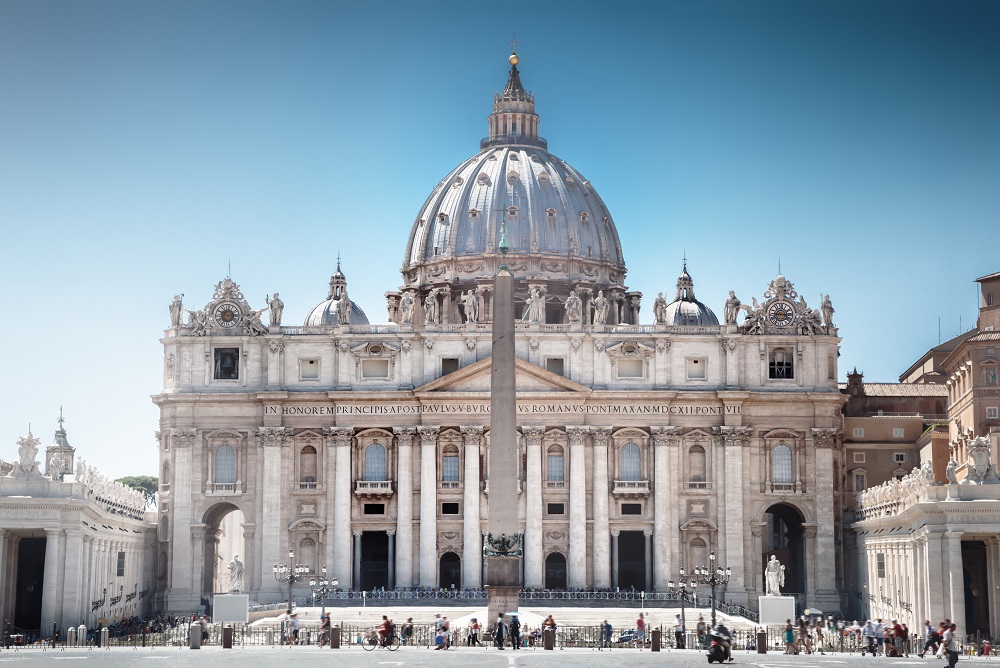
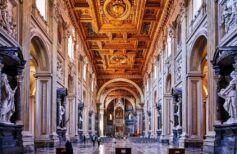
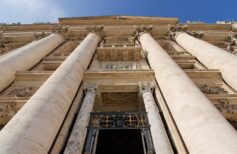
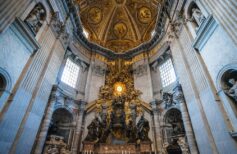
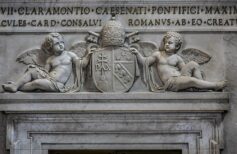
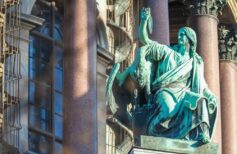
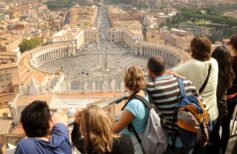
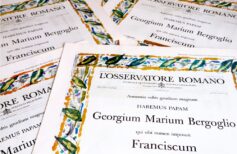
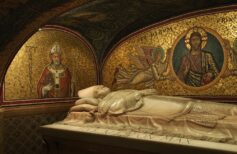
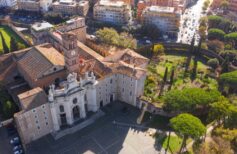






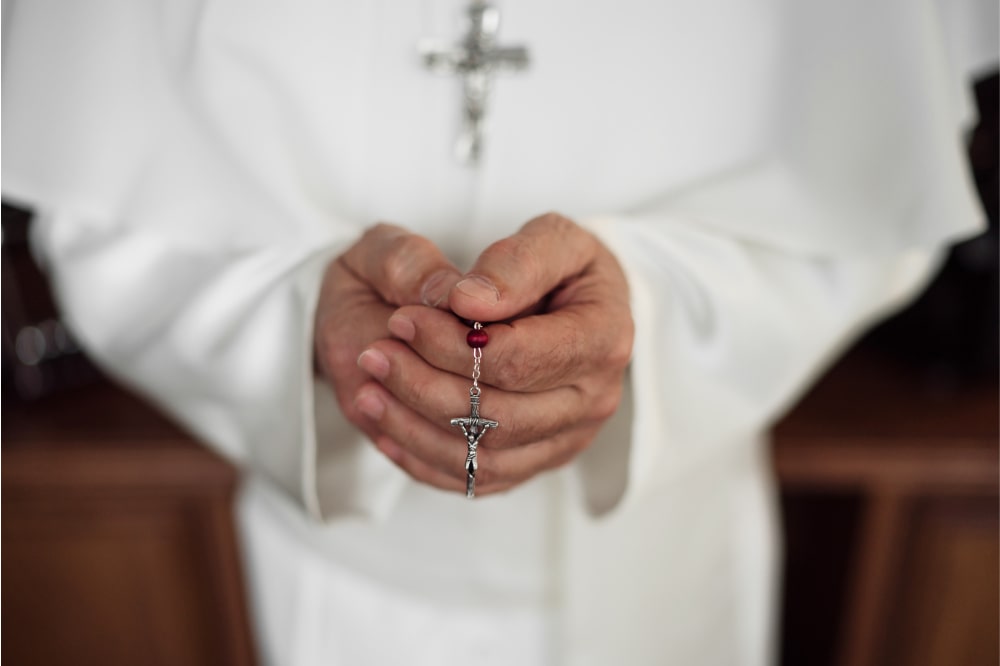
 5 June 2024
5 June 2024
